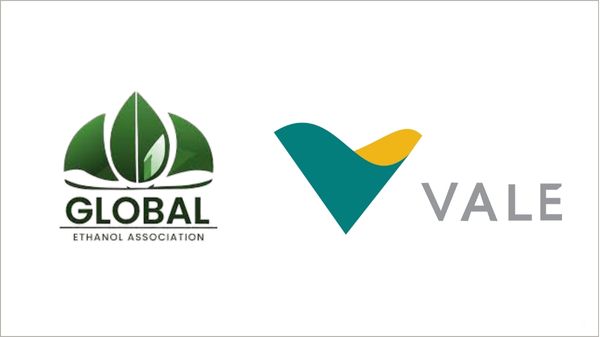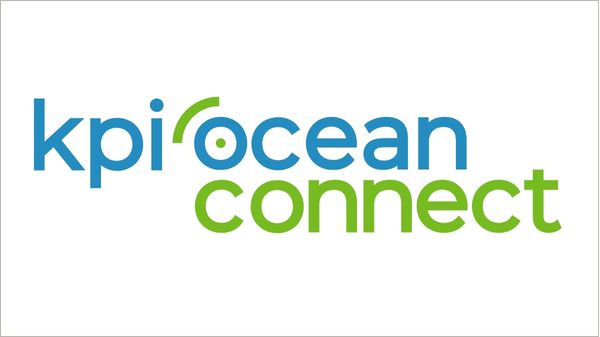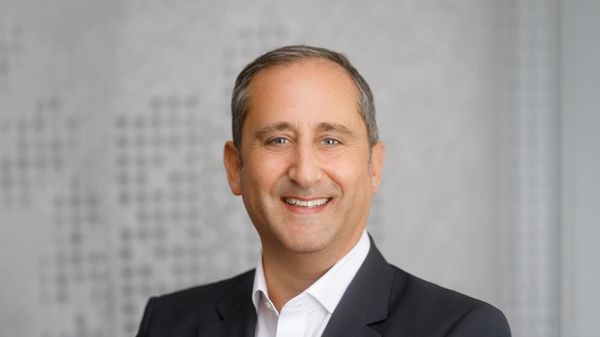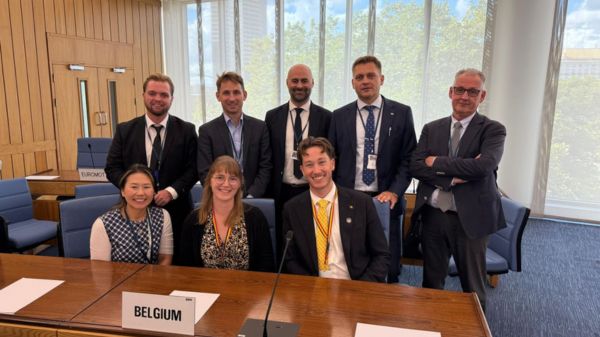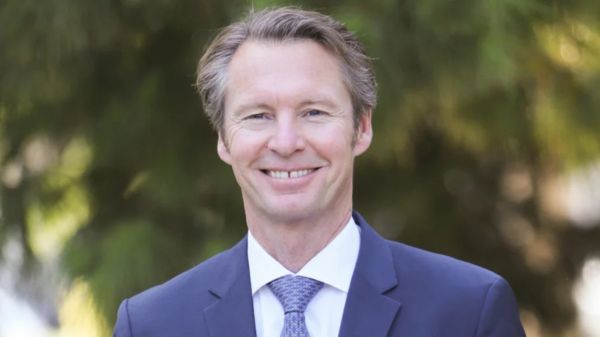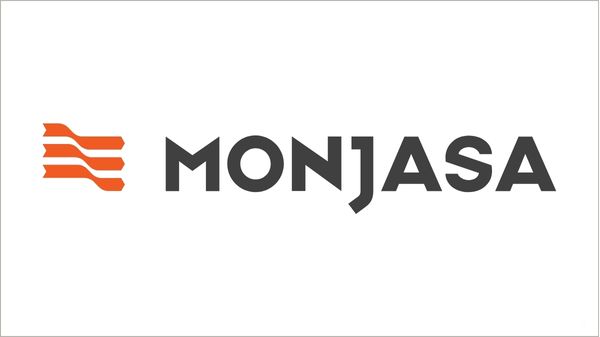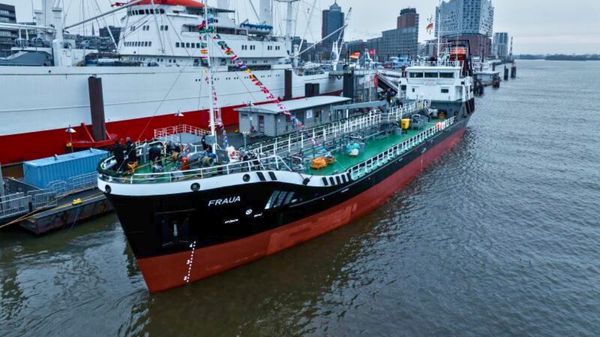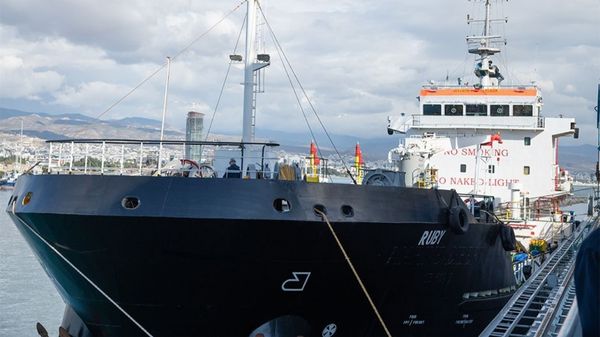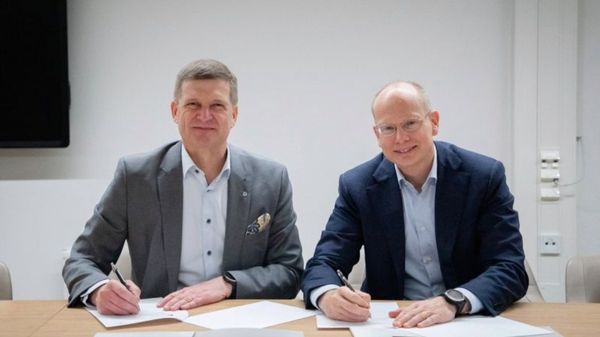The Exhaust Gas Cleaning Evolution
Source: Wärtsilä Corporation
There are just two years to go before the 0.1% sulphur limit within Emission Control Areas becomes reality. The toughened emission regulation is sending a message to shipowners; it’s time to choose the right solution to reduce SOx and particulates in exhaust gases.
Many shipowners have already said yes to exhaust gas cleaning systems (EGC systems) i.e. scrubbers, instead of using distillate fuel or LNG.
“At the beginning of this year our reference list included 45 ordered or sold ECG systems for 23 ships, either for newbuildings or existing vessels. Many negotiations are ongoing,” says
Leonardo Sonzio, Director of Retrofit at Wärtsilä.
This strong confidence in Wärtsilä EGC systems is backed by economic and technical feasibility studies. They have established that the savings offered by EGC systems are less than their annual operating costs.
“Savings are generated by two factors, the price difference between low sulphur fuel and heavy fuel oil, and consumption of fuel in sulphur emission control areas. The more time a vessel spends in an SECA and the higher her fuel consumption, the greater are the savings. It is also expected that the price difference between heavy fuel oil and distillates will continue to increase, which favours the use of EGC systems,” explains Sonzio.
Shipowners are very interested in the payback time of the investment.
“The larger the installed engine power, the higher the EGC system investment. Installation costs are also greater if the vessel needs significant modifications, such as a new funnel.”
Despite this, the payback time is very short, according to a multitude of studies done by Wärtsilä and other industry key players.
“If a vessel spends 90 percent of its time within SECAs, the investment will pay for itself in less than two years,” Sonzio states.
Bullet-Proof Technology
Once the customer’s studies have shown that an EGC system is the best solution, Wärtsilä develops its basic design and signs a contract with the customer. In many cases, Wärtsilä handles the whole process.
“We are here to solve the entire problem. We can manage all kinds of retrofitting, from equipment delivery to complete turnkey projects that include engineering, procurement and construction.”
EGC system technology is based on the same as has been used in inert gas systems for more than 50 years, explains
Sigurd S. Jenssen, Director of Exhaust Gas Cleaning at Wärtsilä.
“We have been able to develop a complete range of EGC systems for various needs. We have an open loop system, a closed loop system and a hybrid system that combines both, and we are continuing to develop them.”
The choice of EGC system depends on many things.
“A closed loop system is intended for use in freshwater and other low alkalinity waters while an open loop system suits sea water. Closed loop systems can be made slightly more compact than open loop systems but have higher operating costs because they require chemicals. Hybrid systems suit vessels that move frequently between different waters.”
The basic technology in all EGC systems is the same. When exhaust gas enters the system, it is sprayed with water. The SOx reacts with the water to form sulphuric acid. In an open loop system, the natural alkalinity of the seawater neutralizes the acid. In a closed loop system, caustic soda helps do this.
“Each Wärtsilä EGC system contains a water treatment plant to remove impurities from the wash water. We believe that it is an important part of the system,” says Jenssen. As the impurities can be lighter or heavier than water it can be a technically challenging task.
Closed loop systems use a cleaning method derived from Wärtsilä’s very successful oily water separators. This aerates the wash water and makes the sludge float to the top, where it can be skimmed off. In open loop cleaning, the particles are wetted and made to sink before being filtered out in a hydrocyclone unit.
Flexible Installation
When the EGC system is ready on paper, preparations for installation begin. The system components are fabricated primarily in Moss, Norway and Suzhou, China. Next comes prefabrication of the modules that make installation easy.
“The environment inside the system is very corrosive, with temperatures varying as much as 450 degrees from seawater temperature. Our high-grade steels have the right corrosion resistance so the EGC system can be placed outside the funnel,” says Jenssen.
Then it is time for the installation, the most complex part in the process. It requires careful planning and tailoring.
“We have to find enough space for the EGC system unit, either in the funnel or engine casing, and for the tanks, pumps and water treatment unit, without risking the stability of the ship or decreasing its revenue area. We always seek solutions that minimize installation and operating costs. Also maintenance is important, so key equipment such as the water treatment plant must be located in an area of the ship that can be accessed easily.”
Electrical power demand has to be considered at this stage. Other installation aspects include the capacity of the sea chest for an open loop system and the availability of onboard fresh water for a closed loop system.
Sonzio adds that Wärtsilä works closely with key sub-contractors – repair yards or other specialized companies – to avoid bottlenecks in the installation phase and to optimise quality and costs.
“They may be able to help us with prefabricating the skids or building a new funnel structure based on our own design and engineering.”
Installation also depends on how much drydock time the ship can afford.
“Normally, the ship has to be in drydock for around 10 days and we prefer to install everything at once. If time is limited, we will use dock time for the work that cannot be done at sea: lifting and securing the main equipment onboard, welding the main pipelines and preparing the tanks if we are using the ship’s existing tanks. The rest of the work can be completed during operations.”
EGC systems are already reality for many shipowners. For many others they are an issue still to be tackled.
“They can trust Wärtsilä,” Leonardo Sonzio says. “We have the technology and the people, from naval architects to project managers, to run any EGC system project.
Optimized performance and gas cleaning for Solvang
Two new Very Large Gas Carriers will enter service this year. Ordered by
Solvang ASA and built by Hyundai Heavy Industries, they are extremely energy efficient and environmentally sound. Says Jenssen: “These are some of the most advanced LPG carriers ever built.”
The vessels will spend a fair amount of time in Emission Control Areas. That is where Wärtsilä steps in.
“Hyundai and Solvang trusted us because we have the operational and technical experience to provide a viable solution. The primary task of any exhaustion gas cleaning system is to remove SOx, but there is also a significant reduction in particulate matter (PM) emissions.
This can be enhanced with an add-on to raise PM capture as high as 90 percent, as has been done on these vessels,” says Jenssen.
Each carrier is fitted with one EGC system for the main engine and one combined unit for three auxiliary engines. The systems and wash water treatment will all be located in the funnel. The funnel has been slightly extended, creating a partly covered mooring deck in the process. This means that major structural conversions to the vessels are not needed, and the same concept can be applied to similar vessels such as tankers.
“Having a smaller unit for the auxiliary engines optimizes energy use in port and allows for any regular maintenance of the main engine scrubber at the same time.
Testing for reliability
In hilly landscape, on the brink of Oslofjord in Norway lies Wärtsilä’s R&D test station. It is here that experts test various engines and Exhaust Gas Cleaning (EGC) systems to develop the best solutions for Wärtsilä customers.
“Our test station is unique. We have had it for three years now, and it has greatly contributed to the development of the systems,” says Jenssen.
The test station consists of a complete engine room with extensive monitoring of the different parameters.
“Most of our time goes into testing new EGC system components, new EGC systems and alternative improvements. We need to make sure that they are reliable.”
At present the R&D personnel are working on a new EGC system design. It is aimed mainly at cruise ships that have strict space limitations for installing these systems.

